Arish, M. R., Tong Michelle, T. T. (2020) Making “Good” Choices: Social Isolation in Mice Exacerbates the Effects of Chronic Stress on Decision Making. Frontiers in Behavioral Neuroscience, 14(81) https://doi.org/10.3389/fnbeh.2020.00081
Avraham Y, Berry EM, Donskoy M, Ahmad WA, Vorobiev L, Albeck A, Mankuta D. (2017) Beta-carotene as a Novel Therapy for the Treatment of “Autistic Like Behavior” in Animal Models of Autism. Behav Brain Res. pii: S0166-4328(17)31103-8. doi: 10.1016/j.bbr.2017.09.041.
Bretin S, Louis C, Seguin L, Wagner S, Thomas JY, Challal S, Rogez N, Albinet K, Iop F, Villain N, Bertrand S, Krazem A, Bérachochéa D, Billiald S, Tordjman C, Cordi A, Bertrand D, Lestage P, Danober L. (2017) Pharmacological characterisation of S 47445, a novel positive allosteric modulator of AMPA receptors. PLoS One. 12(9):e0184429. doi: 10.1371/journal.pone.0184429.
Byrnes EE, Vila Pouca C, Brown C. (2016) Laterality strength is linked to stress reactivity in Port Jackson sharks (Heterodontus portusjacksoni). Behav Brain Res. 305:239-46. doi: 10.1016/j.bbr.2016.02.033. Epub 2016 Mar 2.
Chang YC, Cole TB, Costa LG. (2017) Behavioral Phenotyping for Autism Spectrum Disorders in Mice. Curr Protoc Toxicol. 72:11.22.1-11.22.21. doi: 10.1002/cptx.19.
de Andrade JS, Céspedes IC, Abrão RO, da Silva JM, Ceneviva R, Ribeiro DA, Bittencourt JC, Viana MB. (2018) Effects of acute restraint and unpredictable chronic mild stress on brain corticotrophin releasing factor mRNA in the elevated T-maze. Behav Brain Res. 337:139-150. doi: 10.1016/j.bbr.2017.09.029.
Deacon, R.M.J., Rawlins, N.P. (2006) T-Maze alternation in the rodent. Nature Protocols 1, 7-12
Dember, W.N., Fowler, H. (1959) Spontaneous alternation after free and forced trials. Can. J. Psychol. 13, 151-154
Du CX, Liu J, Guo Y, Zhang L, Zhang QJ. (2017) Lesions of the lateral habenula improve working memory performance in hemiparkinsonian rats. Neurosci Lett. 662:162-166. doi: 10.1016/j.neulet.2017.10.027
Fatahi Z, Sadeghi B, Haghparast A. (2018) Involvement of cannabinoid system in the nucleus accumbens on delay-based decision making in the rat. Behav Brain Res. 337:107-113. doi: 10.1016/j.bbr.2017.10.004. Epub 2017 Oct 5.
Fowler, H. Fowler, D.E., Dember, W.N. (1959) The influence of reward of alternation behavior. J. Comp. Physiol. Psychol. 52, 220-224
Fowler, H., Blond, J., Dember, W.N. (1959) Alternation behavior and learning: the influence of reinforcement magnitude, number, and contingency. J. Comp. Physiol. Psychol. 52, 609-614
Graeff FG, Netto CF, Zangrossi H Jr. (1998) The elevated T-maze as an experimental model of anxiety. Neurosci Biobehav Rev. 1998; 23(2):237-46.
Guariglia SR, Chadman KK. (2013) Water T-maze: a useful assay for determination of repetitive behaviors in mice. J Neurosci Methods. 220(1):24-9. doi: 10.1016/j.jneumeth.2013.08.019.
Hodges, H. (1996) Maze procedures: the radial-arm and water maze compared. Cog. Brain Research 3, 167-181
Ichinose T, Tanimoto H. (2016) Dynamics of memory-guided choice behavior in Drosophila. Proc Jpn Acad Ser B Phys Biol Sci. 92(8):346-357.
Jang, E.H., Ahn, S.H., Lee, Y.S., Lee, H.R., Kaang, B.K. (2013) Effect of food deprivation on a delayed nonmatch-to-place T-maze task. Exp. Neurobio. 2, 124-127
Jardim MC, Nogueira RL, Graeff FG, Nunes-de-Souza RL. (1999) Evaluation of the elevated T-maze as an animal model of anxiety in the mouse. Brain Res Bull. 48(4):407-11.
Karimi S, Mesdaghinia A, Farzinpour Z, Hamidi G, Haghparast A. (2017) Reversible inactivation of the lateral hypothalamus reversed high reward choices in cost-benefit decision-making in rats. Neurobiol Learn Mem. 145:135-142. doi: 10.1016/j.nlm.2017.10.001.
Kendler HH. (1947) An investigation of latent learning in a T-maze. J Comp Physiol Psychol. 40(4):265-70.
Lalonde, R. (2002) The neurobiological basis of spontaneous alternation. Neurosci. Biobehav. Rev. 26, 91-104
Lin WY, Yao C, Cheng J, Kao ST, Tsai FJ, Liu HP. (2017) Molecular pathways related to the longevity promotion and cognitive improvement of Cistanche tubulosa in Drosophila. Phytomedicine. 26:37-44. doi: 10.1016/j.phymed.2017.01.006.
Locchi F, Dall’Olio R, Gandolfi O, Rimondini R. (2007) Water T-maze, an improved method to assess spatial working memory in rats: Pharmacological validation. Neurosci Lett. 422(3):213-6. Epub 2007 Jun 17.
Miletto Petrazzini ME, Bisazza A, Agrillo C, Lucon-Xiccato T. (2017) Sex differences in discrimination reversal learning in the guppy. Anim Cogn. 20(6):1081-1091. doi: 10.1007/s10071-017-1124-4. Epub 2017 Aug 8.
Pechlivanova D, Petrov K, Grozdanov P, Nenchovska Z, Tchekalarova J, Stoynev A. (2017) Intracerebroventricular infusion of an Angiotensin AT2 receptor agonist Novokinin aggravates some diabetes mellitus-induced alterations in Wistar rats. Can J Physiol Pharmacol. doi: 10.1139/cjpp-2017-0428.
Rawlins, J.N.P. & Olton, D.S. (1982) The septo-hippocampal system and cognitive mapping. Behav. Brain Res. 5, 331–358
Reisel D, Bannerman DM, Schmitt WB, Deacon RM, Flint J, Borchardt T, Seeburg PH, Rawlins JN. (2002) Spatial memory dissociations in mice lacking GluR1. Nat Neurosci. 5(9):868-73.
Sharma, S., Rakoczy, S., Brown-Borg, H. (2010) Assessment of spatial memory in mice. Life Sciences 87, 521-536
Shen X, Sun Y, Wang M, Shu H, Zhu LJ, Yan PY, Zhang JF, Jin X. (2017) Chronic N-acetylcysteine treatment alleviates acute lipopolysaccharide-induced working memory deficit through upregulating caveolin-1 and synaptophysin in mice. Psychopharmacology (Berl). doi: 10.1007/s00213-017-4762-y.
Shoji H, Hagihara H, Takao K, Hattori S, Miyakawa T. (2012) T-maze forced alternation and left-right discrimination tasks for assessing working and reference memory in mice. J Vis Exp. (60). pii: 3300. doi: 10.3791/3300.
Silva MSCF, Souza TMO, Pereira BA, Ribeiro DA, Céspedes IC, Bittencourt JC, Viana MB. (2017) The blockage of ventromedial hypothalamus CRF type 2 receptors impairs escape responses in the elevated T-maze. Behav Brain Res. 329:41-50. doi: 10.1016/j.bbr.2017.04.030.
Soliani FCBG, Cabbia R, Batistela MF, Almeida AG, Kümpel VD, Yamauchi Junior L, Andrade TGCS. (2017) Impact of social separation during pregnancy on the manifestation of defensive behaviors related to generalized anxiety and panic throughout offspring development. PLoS One.12(10):e0185572. doi: 10.1371/journal.pone.0185572.
Spence K.W., Lippitt R. Journal of Experimental Psychology. Vol. 36. 1946. An experimental test of the sign-gestalt theory of trial and error learning; pp. 491–502.
Stelinski L and Tiwari S. (2013) Vertical T-maze Choice Assay for Arthropod Response to Odorants. J Vis Exp. (72): 50229. Published online 2013 Feb 14. doi: 10.3791/50229
Thomas GJ. (1979) Comparison of effects of small lesions in posterodorsal septum on spontaneous and rerun correction (contingently reinforced) alternation in rats. J Comp Physiol Psychol. 93(4):685-94.
TOLMAN EC, RITCHIE BF, KALISH D. (1946) Studies in spatial learning; place learning versus response learning. J Exp Psychol. 36:221-9.
TOLMAN, E. C.(1932) Purposive behavior in animals and men. New York: Century Co.
Tolman, E. C., & Honzik, C. H. (1930). “Insight” in rats. University of California Publications in Psychology, 4, 215-232.
Tolman, E. C., & Honzik, C. H. (1930). Degrees of hunger, reward and non-reward, and maze learning in rats. University of California Publications in Psychology, 4, 241-256.
Tolman, E. C., & Honzik, C. H. (1930). Introduction and removal of reward, and maze performance in rats. University of California Publications in Psychology, 4, 257-275.
Vivithanaporn P, Asahchop EL, Acharjee S, Baker GB, Power C. (2016) HIV protease inhibitors disrupt astrocytic glutamate transporter function and neurobehavioral performance. AIDS. 30(4):543-52. doi: 10.1097/QAD.0000000000000955.
Waddell J, Mooney SM. (2017) Choline and Working Memory Training Improve Cognitive Deficits Caused by Prenatal Exposure to Ethanol. Nutrients. 9(10). pii: E1080. doi: 10.3390/nu9101080.
Wang H, Zhang L, Abel GM, Storm DR, Xia Z. (2017) Cadmium exposure impairs cognition and olfactory memory in male C57BL/6 mice. Toxicol Sci. doi: 10.1093/toxsci/kfx202.
Wang, D.C., Liu, P.C., Hung, H.S., Chen, T.J. (2014) Both PKM and KIBRA are closely related to reference memory but not working memory in a T-maze task in rats. J. Comp. Physiol. A. 200, 77-82
Wenk GL.(2001) Assessment of spatial memory using the T maze. Curr Protoc Neurosci. Chapter 8:Unit 8.5B. doi: 10.1002/0471142301.ns0805bs04.
Yan L, Shamir A, Skirzewski M, Leiva-Salcedo E, Kwon OB, Karavanova I, Paredes D, Malkesman O, Bailey KR, Vullhorst D, Crawley JN, Buonanno A. (2017) Neuregulin-2 ablation results in dopamine dysregulation and severe behavioral phenotypes relevant to psychiatric disorders. Mol Psychiatry. doi: 10.1038/mp.2017.22.
Zheng S, Liu C, Huang Y, Bao M, Huang Y, Wu K. (2017) Effects of 2,2′,4,4′-tetrabromodiphenyl ether on neurobehavior and memory change and bcl-2, c-fos, grin1b and lingo1b gene expression in male zebrafish (Danio rerio). Toxicol Appl Pharmacol. 333:10-16. doi: 10.1016/j.taap.2017.08.004




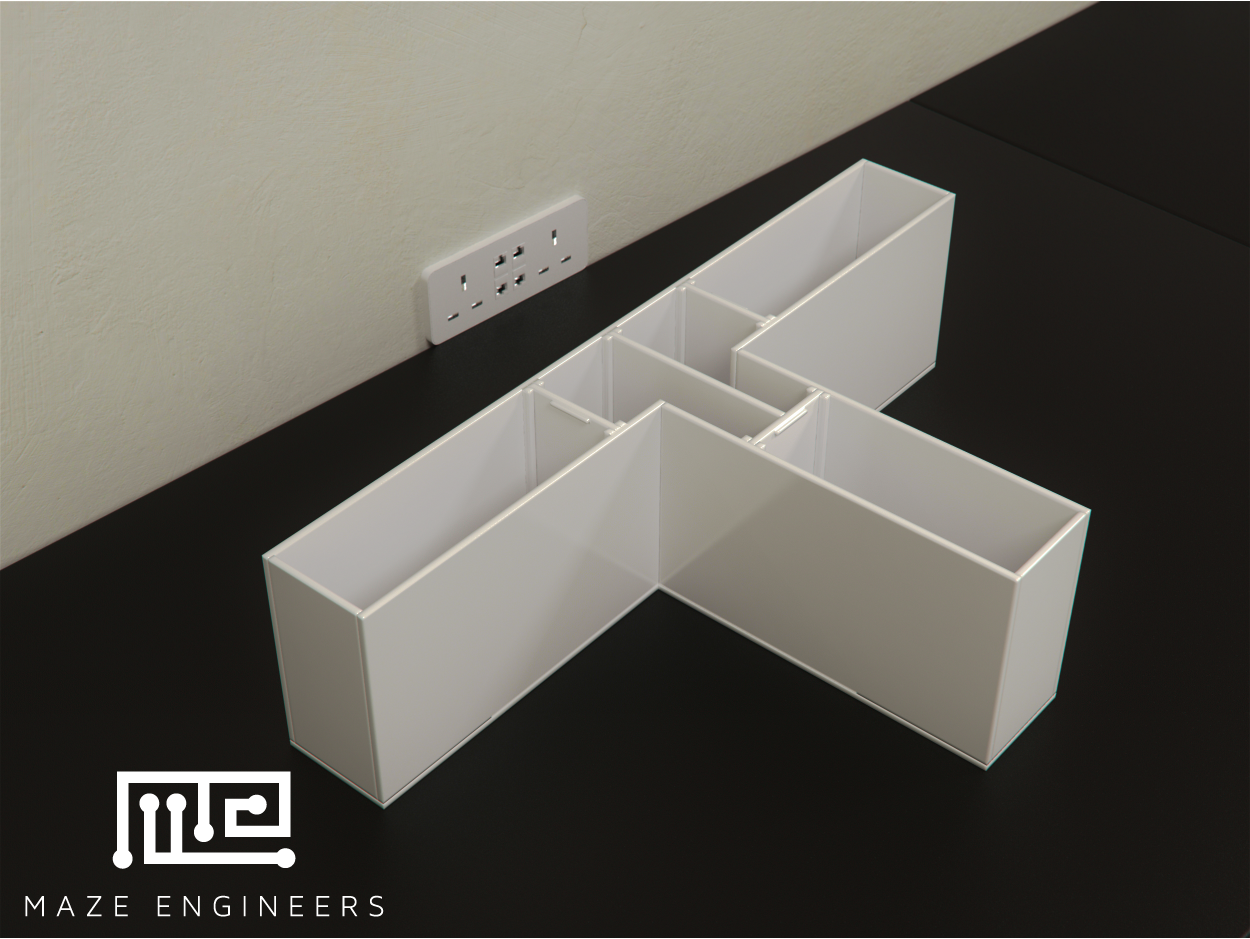
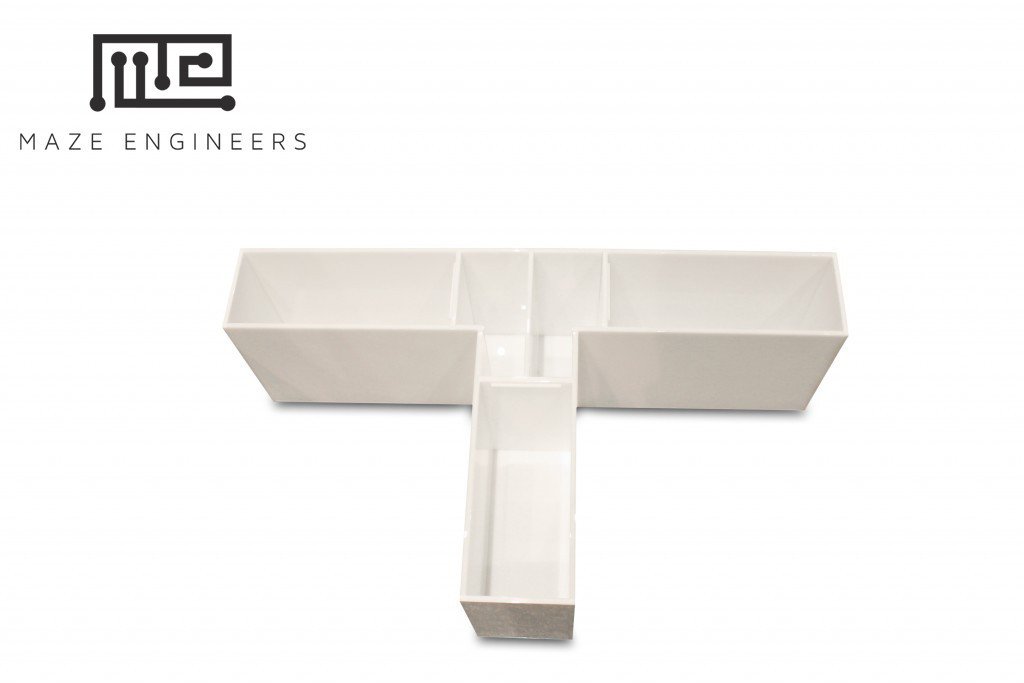
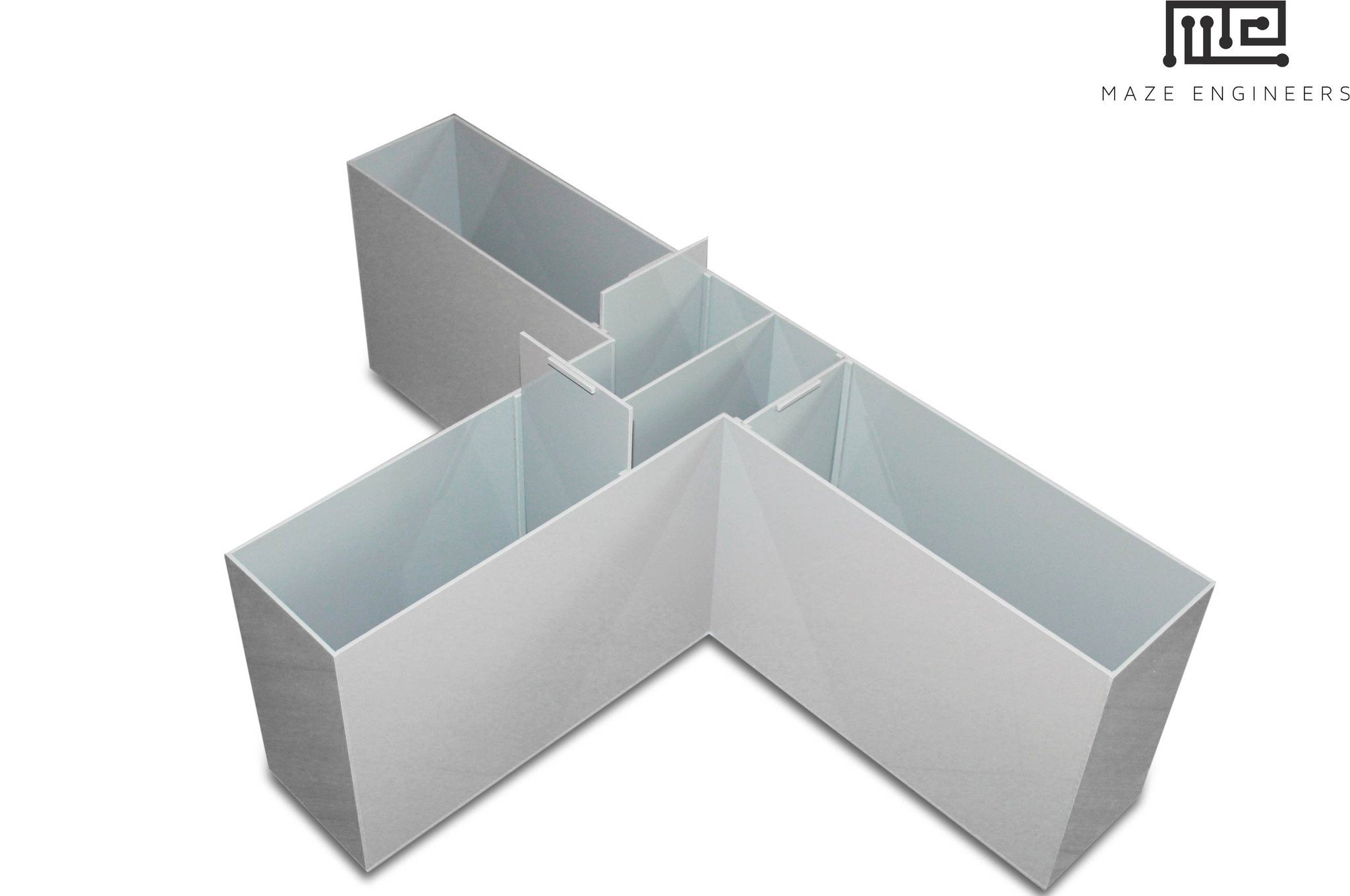


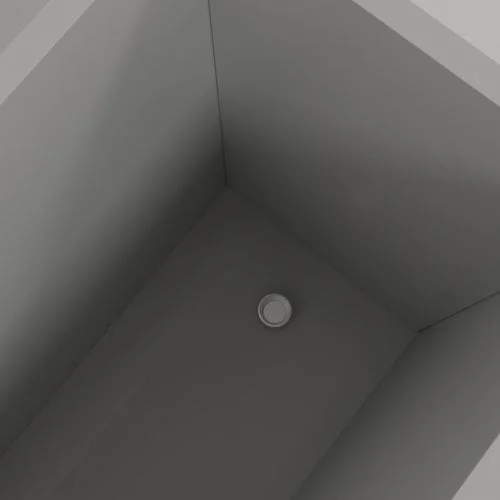
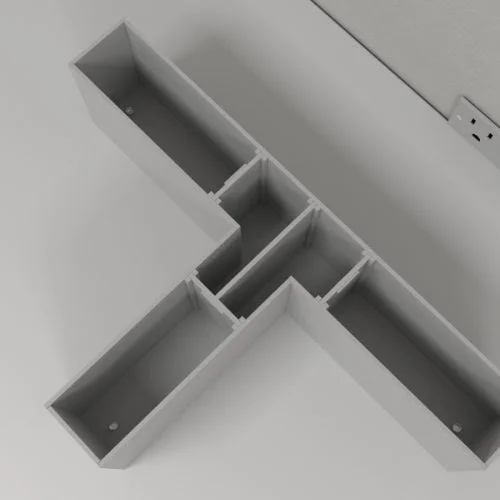


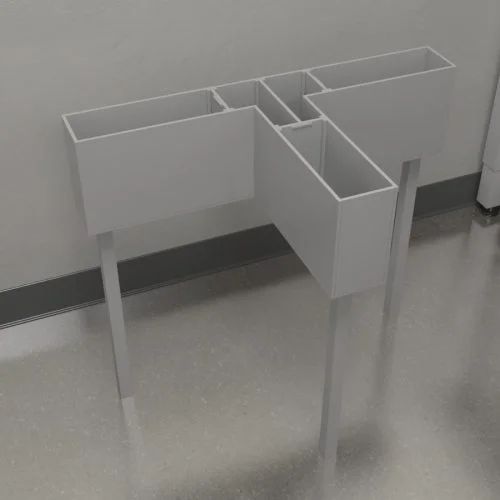
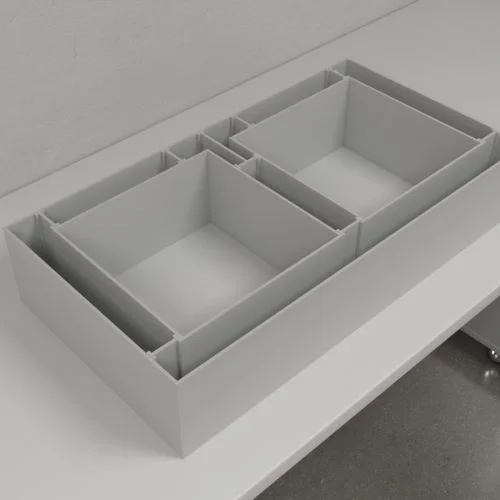

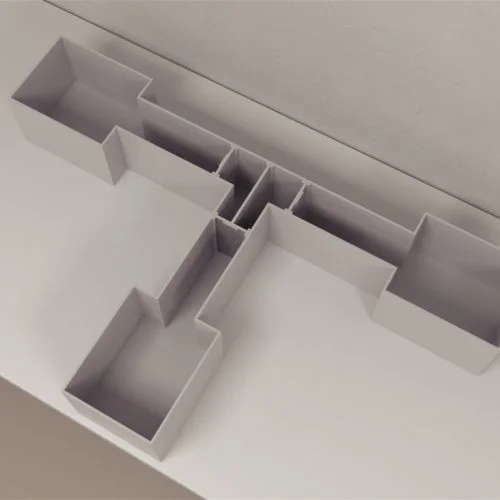

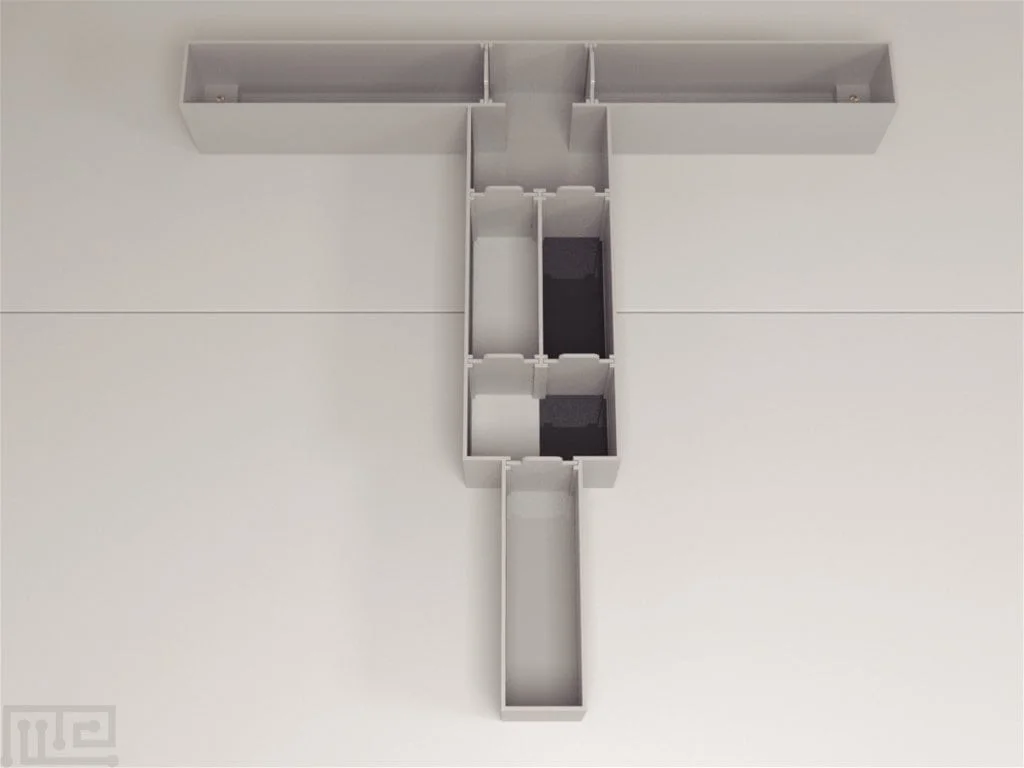



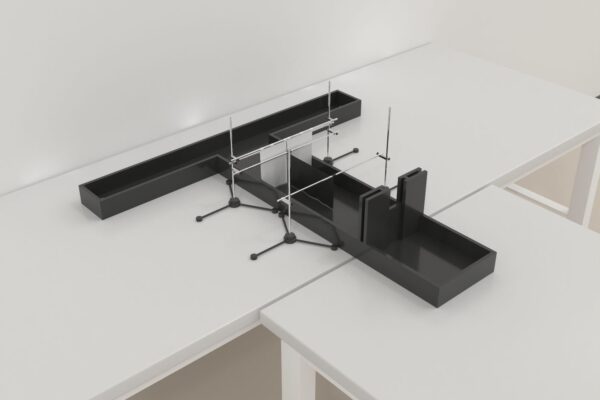
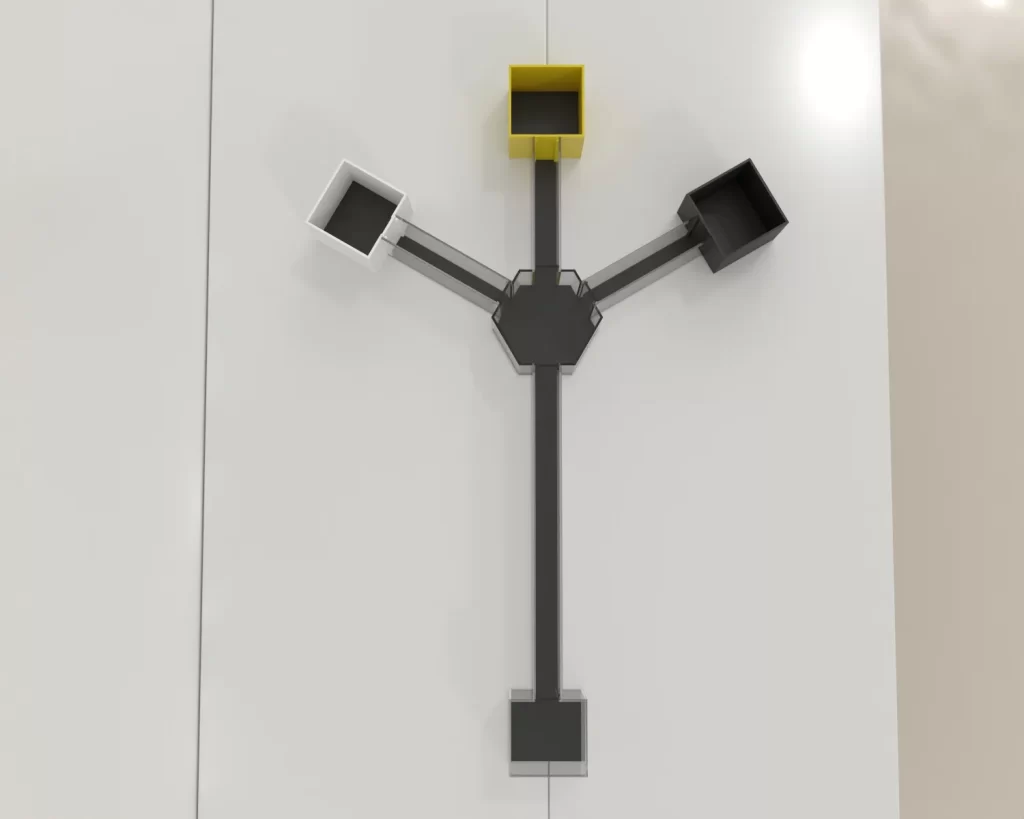


Reviews
There are no reviews yet.